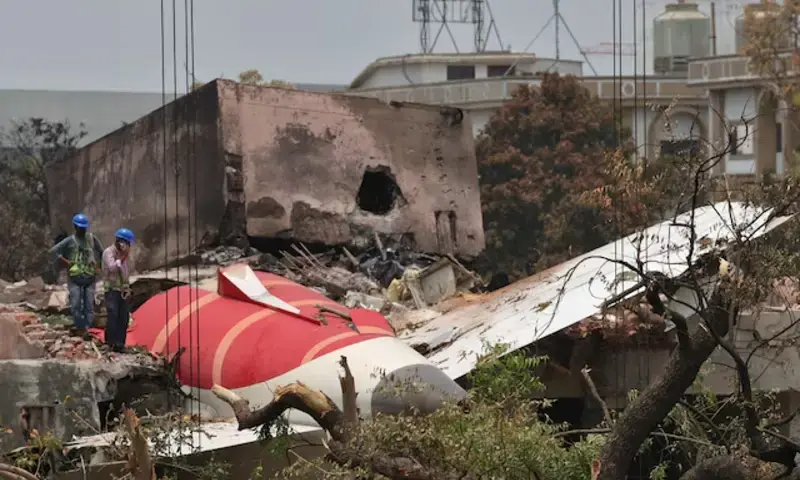Families of Air India crash victims sue Boeing, Honeywell
The families of four passengers who perished in the June 12 crash of an Air India Boeing 787 have filed a lawsuit, alleging that faulty fuel switches were responsible for the accident, which claimed the lives of 260 people.
The US Federal Aviation Administration (FAA) has stated that these switches do not appear to have caused the crash.
The lawsuit was submitted on Tuesday in Delaware Superior Court, naming Boeing and Honeywell, the manufacturer of the switches, as defendants. It claims that the crash occurred mere seconds after Flight 171 took off for London from Ahmedabad, India.
The plaintiffs reference a 2018 FAA advisory recommending, but not mandating, that operators of various Boeing models, including the 787, inspect the locking mechanism of the fuel cutoff switches to prevent accidental movement.
India’s Aircraft Accident Investigation Bureau (AAIB) preliminary report indicated that Air India had not conducted these suggested inspections. Maintenance records revealed that the throttle control module, which includes the fuel switches, was replaced in 2019 and 2023 on the aircraft involved in the incident.
The report noted that “all applicable airworthiness directives and alert service bulletins were complied with on the aircraft as well as engines.”
Boeing declined to comment on the lawsuit, while Honeywell did not immediately respond to requests for comment. A cockpit recording suggested that the captain may have inadvertently cut the fuel flow to the engines.
The lawsuit argues that the placement of the switches in the cockpit makes them more susceptible to accidental activation, stating that this design “effectively guaranteed that normal cockpit activity could result in inadvertent fuel cutoff.”
However, aviation safety experts have stated that the switches should not be easily flipped based on their design and location.
This lawsuit marks the first legal action taken in the United States regarding the crash. It seeks unspecified damages for the deaths of Kantaben Dhirubhai Paghadal, Naavya Chirag Paghadal, Kuberbhai Patel, and Babiben Patel, who were among the 229 passengers who lost their lives.
Additionally, twelve crew members and 19 ground personnel were killed, with one passenger surviving.
While preliminary reports from Indian investigators appeared to clear Boeing and engine manufacturer GE Aerospace, some family groups have criticised the focus on pilot actions in the investigation.
Legal experts note that families often target manufacturers in lawsuits, as they typically face fewer liability limitations compared to airlines, increasing the likelihood of pursuing cases in US courts known for being more favorable to plaintiffs.
The case is officially titled Paghadal et al v. Boeing Co et al, filed in Delaware Superior Court, No. N25C-09-145.
For the latest news, follow us on Twitter @Aaj_Urdu. We are also on Facebook, Instagram and YouTube.






















Comments are closed on this story.